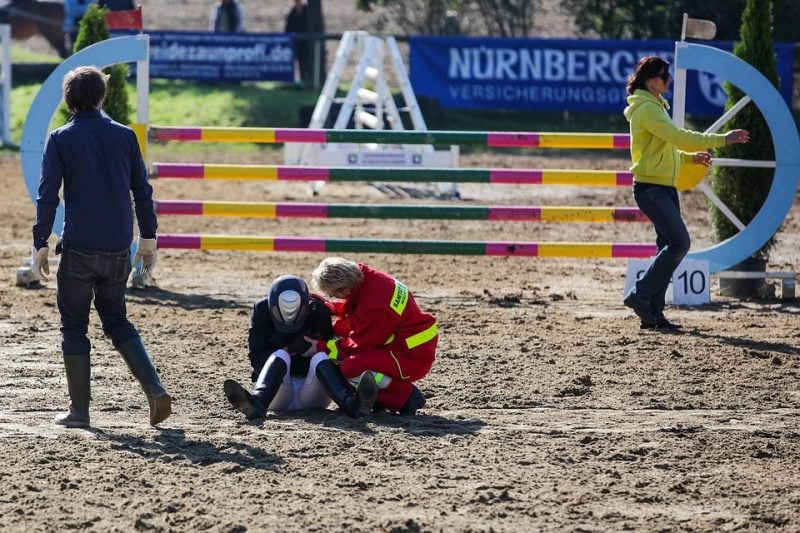What Are You Doing To Help Your Recovery Process?
When you experience a serious injury, it’s easy to fall into the trap that you just have to sit there and wait to get better. Yes, your body is a fantastic healing machine, and yes, it’s to your advantage to sit back and let it do its job. However, it is also possible to take more of an active role without putting your body at risk. This extends from shifting parts of your regular lifestyle to implementing new things to speed your process. Here are some of your options.
The Art of Recovery
Different parts of the body heal in different ways, but in general, there are three main ways you can help with almost any injury:
· Getting the fuel to power the body’s healing processes
· Engaging in regular, appropriate exercise to support improved function
· Use pain management to try and improve your quality of life during the recovery process
To illustrate the first point, let’s talk about bone healing. Following a bone fracture, a blood clot forms, and inflammatory cells clean the affected area. After this, other cells enter the fracture area that create new bone tissue and cartilage. In time, this grows back into bone. Nutritionally, this requires several different components. This starts with the basics, like calories that fuel all bodily processes, as well as more specialized nutrients, like protein, vitamin C, and vitamin E. You can choose to get these from various healthy foods (leafy green vegetables, lean proteins) or from supplements.
When we talk about exercise, let’s shift the conversation to joint healing. Joints are a good thing to discuss because the cartilage that they are made of is often not the only thing that has to heal when you are recovering from a joint injury. The muscles and structures around the joint all play an important role in its general function, and often need to be strengthened during the recovery process. The idea behind these is not push yourself too far, but to provide gentle exercise to strengthen the affected region.
In terms of pain management, medication is almost always a common part of a recovery regimen post-injury. However, you may want to also try some natural pain management if you have a sensitivity to medicine or just want an alternative. Examples include turmeric, willow bark, and cloves. You may also want to use certain therapies like acupuncture or heat therapy in order to help you work through this pain. There isn’t a right or a wrong choice here. Keep your doctor in the loop and avoid piling on too many concepts at once. If you do this, it may be difficult to determine exactly what works and what doesn’t.
The Process Behind Recovery
Sometimes, though, the healing after an accident goes beyond just your body, though. Studies show that after a traumatic injury, many people develop mental health issues that require addressing as well. According to the following site (https://www.reynainjurylaw.com/), “the psychological effects of such an injury can be as bad as, if not worse than the physical damage. Long-term or permanent disabilities are often accompanied by post-traumatic stress disorders, with related anxiety and depression. The stress placed on family members can be equally as severe, especially upon realizing that someone they love is totally disabled, at least during the catastrophic injury recovery period.”
The good news behind this is that if you are following some of the practices already discussed, you are setting yourself up for success in this area as well. It’s been long-proven that regular exercise can help have positive effects on overall mental health as well, in both the long- and short-term. In addition, good practices like staying hydrated, getting regular sleep, and eating a balanced diet all help your body and mind. However, this doesn’t mean that you may not want to have some extra help in this area. One of the best things you can do after an accident, even if you don’t feel overly stressed or anxious, is to see a mental health professional. They can help you work through any feelings you are grappling with before they get out of hand.
Recovery from injury is a multifaceted process, but don’t feel that you are a passive figure in the process. With research and proactive action, you can help your body get set up the right way for the future.





thanks to this article. It will surely help a lot of those who are in the recovery process. Also hoping to read about the easiest ways to recover from a traumatic experience 🙂